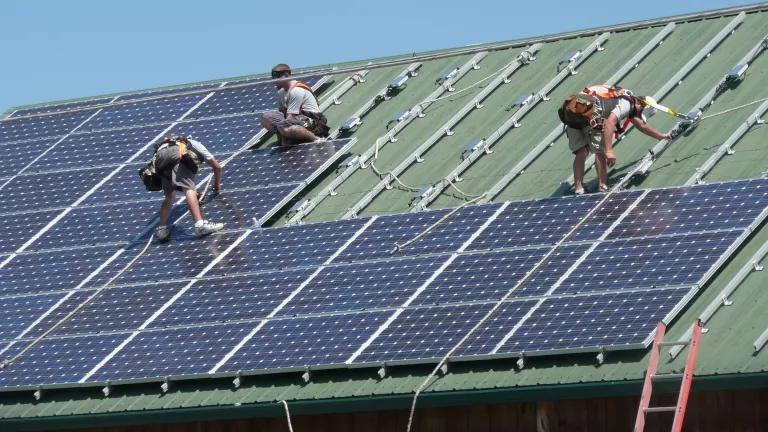Just finished Chapter 4 of "Energy and American Society - Thirteen Myths." The chapter is titled "Energy Myth three - High land requirements and an unfavorable energy balance preclude biomass ethanol from playing a large role in providing energy services," and it is authored by Lee Lynd, Mark Laser, John McBride, Kara Podkaminer, and John Hannon.
In the interest of full disclosure, I'll acknowledge right up front that Lee, Mark and John McBride were coauthors with me on Growing Energy, and much of what I have learned about biofuels I learned from them, Lee especially. That said, I'm confident that folks that take the time to read this chapter will find it incredibly helpful in understanding:
- why such wildly divergent claims are made about land as a constraint to the scale of biofuels,
- why the technical constraints are not likely to be the source of limits on the role of biofuels in meeting our transportation energy service needs; and
- why the real constraint will be on our willingness to adopt policies that drive innovation and change moving our economy towards a more sustainable energy future.
I'm going to summarize the chapter's punch line to the first of these questions here and address the other two in future posts this week. At the end, I'll also layout my thoughts on additional analysis that would help take the biofuels debate even further.
To explain why commentators and analysts regularly site such dramatically different amounts of land needed for biofuels to provide a significant fraction of our transportation energy service needs, Lee et al. layout the basic relationship between how much we drive, the fuel economy of our vehicles, the conversion efficiency of biomass to fuel, the amount of biomass residues or coproducts we can collect from existing agricultural lands, and the yield of energy crops grown on new acres. By collection reported high and low values for each of these variables, they show how the amount of new land needed to meet all light duty vehicle energy needs by 2050 can range from over 6 billion acres down to at little as 23 million.
The high end of this range is impossible and is the basis for claims that biofuels cannot achieve a scale to be an important part of the solution, but the authors also make argument for why the high end doesn't prove anything other than some people can think up dumb ways to do things. The low end is much more interesting. The authors offer good references showing why the low end is technically possible and getting there is a question of political will. Unfortunately, they don't offer any guidance on how to muster that will, but I'll come back to that at the end of this little blog series.
Below is the table that summarizes their findings. Enjoy, buy the book, read the chapter.



